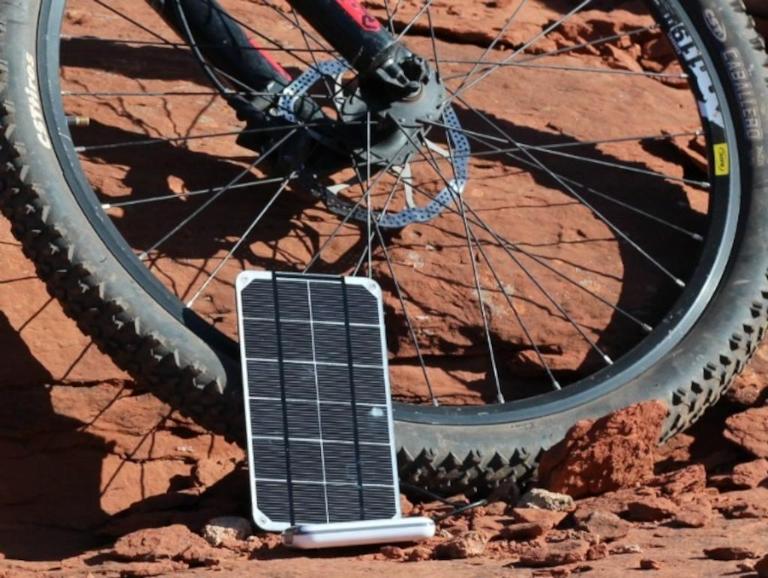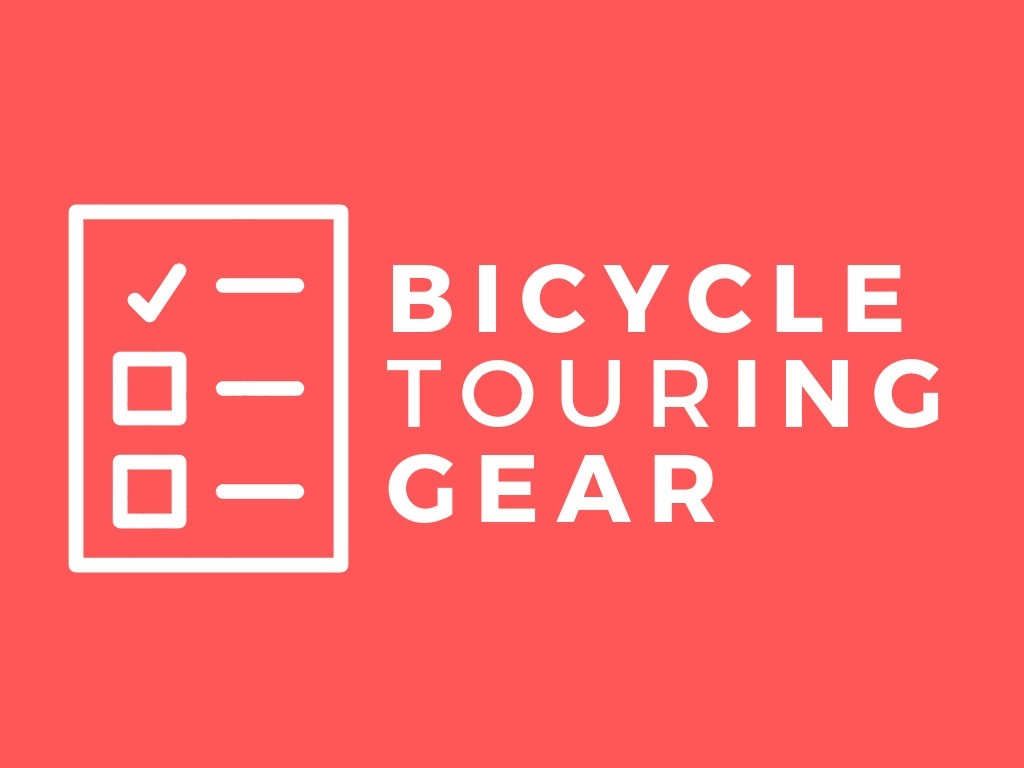Electricity on a Bike Tour: How to Keep Your Electronics Charged
Charging your electronic equipment on the road may seem like a difficult thing to do, but in fact, you don't even have to think about it, thanks to current technology. Here are your options for finding electricity while you travel by your bike and charging your electronics off the grid.

Need for Electricity on a Bicycle Tour
It’s the 21st century and living without electricity is just primal.
Yes, I’ve thought about it. I was going to leave the phone and take a paper map instead, but the plain old map doesn’t show where I am now or where I am headed to. Navigation is important on a self-supported bicycle tour.
I want to see the satellite view before I select my camping spot. I want to take pictures. I want to upload those pictures to my social media profiles. I want to find the nearest point of interest without asking locals, or I just want to surf the internet when I’m bored while camping.
These all require a constant supply of power, and we are going to find and carry that power with us.
Sources of Electricity
There are multiple ways to get the electricity you need on a bike tour. All of them have their advantages and disadvantages.
If you need to be a completely self-sufficient bicycle traveller, a solar panel would be a great choice, as long as there is sunlight.
A wheel dynamo is also a good option, especially if you are touring in winter, but it doesn’t work when you are off the bike and it adds extra weight and mechanical complexity.
Charging your equipment while you are in a cafe or while staying in a hotel, in my opinion, is the last option. Carrying less weight may seem attractive but searching for a place to charge your phone when you really need it is unpleasant.
Other exotic ways to get electricity do exist. And I will briefly talk about them, but tried and tested methods are always better.
Electricity from Solar Chargers
Using a solar charger is the best way to keep your electronics charged on a bike tour. There are different types of solar panels on the market; foldable solar panels, rollable solar panels, power-bank-integrated solar panels, and flexible solar panels.
The most common type is the foldable solar panel because of its high power output and cheap price.
A 15-watt foldable solar panel is my best friend when I’m on a tour. I attach it to the rear rack and connect my power bank to charge it during the day.
Generated power reduces considerably when the weather is cloudy but it’s not completely useless. Most solar panels have an integrated safety system to cut the power if it can’t provide enough voltage.
I’m currently using the Blitzwolf 15W Solar Charger, but I think the product has been discontinued.
Electricity from a Bicycle Dynamo
Some people prefer a dynamo for bicycle touring because works even in bad weather. But it adds complexity to your bike, and installing it requires a complete rebuild of the front wheel. The generated power is way too low compared to its weight. Dynamo hubs are at least a pound heavier than regular hubs. Dynamo hubs are useful for front and backlights, but they are not enough to charge your high-power electronic equipment.
Fuel Cells
It’s a futuristic technology, but it exists. The most common type is hydrogen fuel cell which obviously runs on hydrogen.
Forget it, there is still time for that.
Cafes & Hotels
You can charge your equipment for free while you drink your morning coffee in a café, or while staying in a hotel from time to time. A high-capacity power bank is very useful if you rely on the electricity grid.
You can always ask locals to help charge your phone or power bank; they’ll be happy to help.
Energy Storage
Finding electricity is no longer a problem, but now, you need to store the energy to use it later. If you are using a solar panel or a dynamo to generate electricity, you can charge your electronics while you are sleeping with the help of a power bank.
When it rains, or the weather is cloudy for days, your solar charger becomes practically useless. And when you take a day off biking, your dynamo is also useless. There are way too many options for storing energy but the cheapest and most widely used ones are rechargeable power banks and non-rechargeable primary batteries.
Power Banks
The easiest and most sustainable way to carry power with you all the time is using a high-capacity power bank. I use a 20,000 mAh rechargeable power bank which lasts me a week. The thing is; you need a matching power source to charge it. It takes 20 hours to charge my power bank from a wall outlet and it is way slower with a solar panel. Not because the solar panel is not enough, but the sun will disappear when you need it.
Replaceable Batteries
Some old equipment such as cameras and navigation devices may use non-rechargeable primary batteries. I strongly suggest selling that antique stuff and buying new ones with rechargeable batteries. Primary batteries are heavier than lithium-based rechargeable batteries, and they cost more in the long run. Disposing of replaceable batteries is also a problem. We are bicycle travellers, we should care about the environment more.
That’s all. Now it’s your choice; go off the grid or carry your own grid with you!
